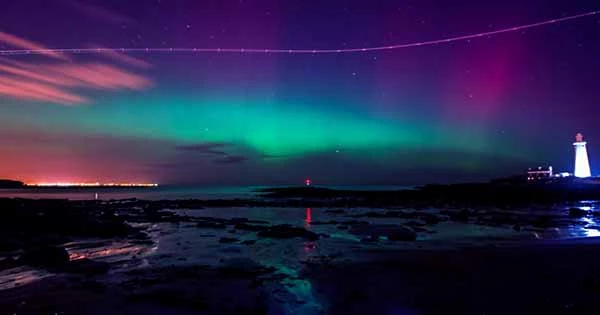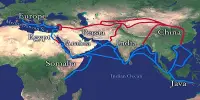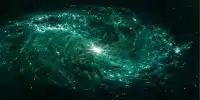After the Aurora Borealis was seen across England last night, parts of the UK are expected to see them again Monday night.
On Sunday night, areas of southern England like Cornwall and Kent reported seeing the Aurora Borealis, which is normally only visible from Scotland and sections of northern England.
The Aurora must be visible in dark, clear skies with as little light pollution as possible, and high-latitude areas near the Arctic, like Norway, are typically the best places to see them.
The lights typically reach up to 400 miles above the surface of the Planet, according to the Met Office. When the sky is pitch-black and cloudless, the lights can be seen most clearly.
“Cloud cover eventually obscures the light’s view. The best places to watch the lights are in remote locations, away from any light pollution, and facing the northern horizon; north-facing coasts offer some of the best viewing opportunities. The northern lights are most noticeable in March/April and September/October around the Equinox and Solstice.
“Northern England, Scotland, North Wales, and Northern Ireland are typically the finest places to see the northern lights. However, the lights are visible throughout the UK during extremely bad space weather circumstances.
The Aurora Borealis is caused by “atoms and molecules in our atmosphere clashing with particles from the Sun,” according to the Royal Museums Greenwich.
The Met Office announced on Sunday that “a coronial hole high-speed stream” had merged with “a rather fast coronial mass ejection” to cause Northern Lights to be visible in the UK.
The Aurora is more likely to be seen by people who live further north. When the Aurora might be visible from the UK, physicists from Lancaster University will tweet about it under the handle @aurorawatchuk.















